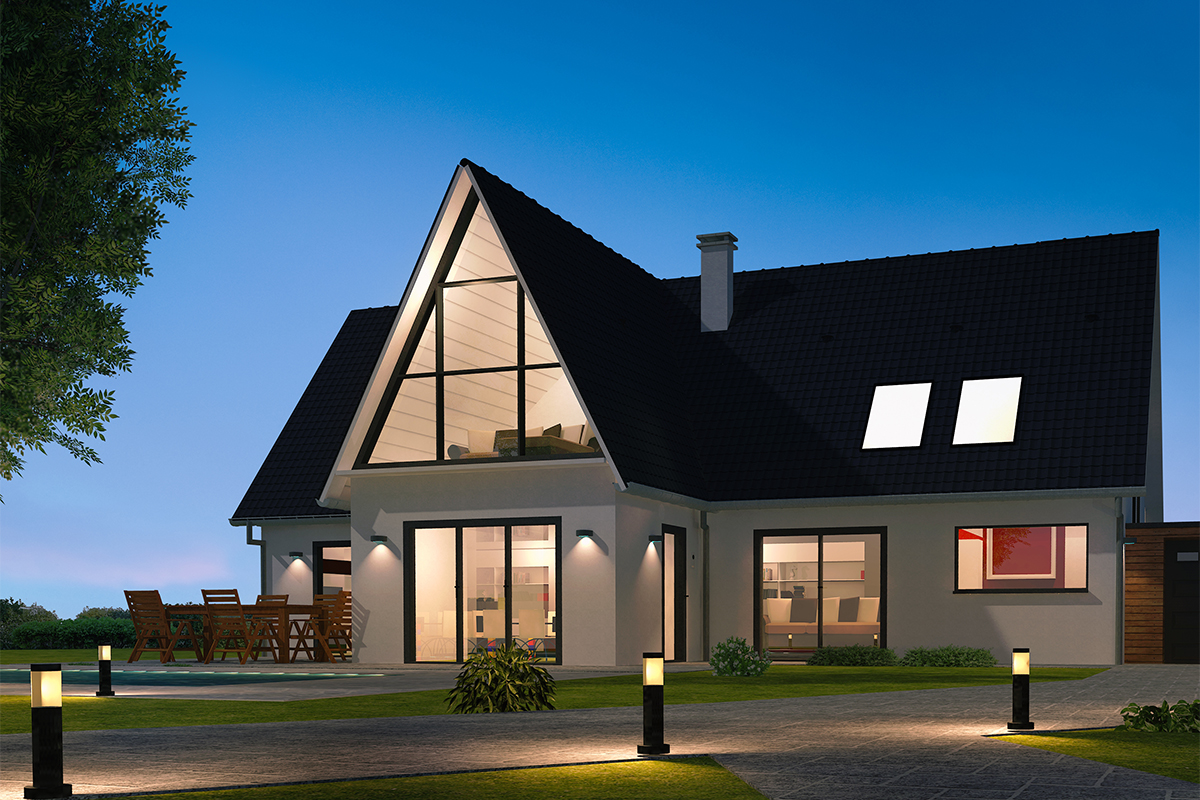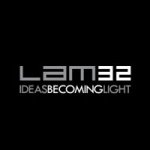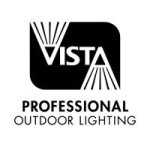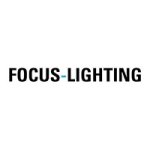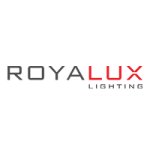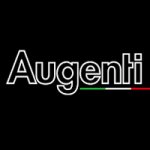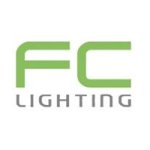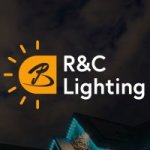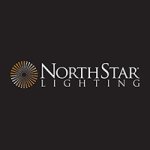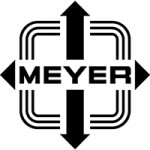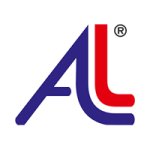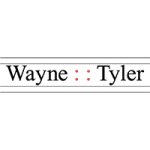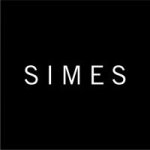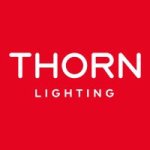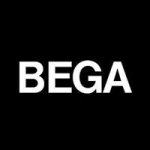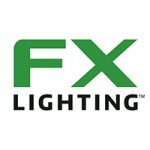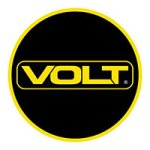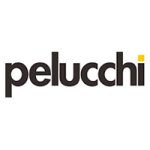A symphony of functionality and aesthetic appeal
A
bollard light is a functional and decorative
outdoor lighting fixture designed in the form of a short, vertical post or pillar. Typically, the light fixture is mounted on the ground and features a light source at its top. The primary direction of illumination from a bollard light is downward. This downward projection of light serves various purposes, such as lighting pathways, accentuating landscaping features, or providing a soft and diffused glow to the immediate surroundings. The downward-directed illumination is effective for guiding paths, preventing glare, and creating a visually appealing and controlled lighting effect in the designated area.
Enhancing the essence of outdoor design with style, safety, and functionality
The popularity of
bollard lights lies in their ability to blend functionality with aesthetics. Their common use in gardens, parks, walkways, and commercial spaces demonstrates their adaptability to diverse outdoor environments, where they contribute to safety, visibility, and the overall visual appeal of the surroundings. Bollard lights are designed to serve a functional purpose, such as providing visibility and enhancing safety in outdoor spaces. Beyond safety, bollard lights can define boundaries, highlight specific features, or mark key areas, improving overall visibility in gardens, parks, and other spaces during low-light conditions. Simultaneously, bollard lights are crafted with attention to aesthetics, incorporating design elements that contribute to the overall visual appeal of the surroundings. Their shapes, materials, and finishes can complement the surrounding architecture or landscaping, adding a decorative element to the outdoor space. This attention to design contributes to the overall visual appeal and creates a cohesive and inviting atmosphere. This dual focus on both functionality and aesthetics makes bollard lights versatile and attractive.
Adaptability across outdoor environments
The widespread use of bollard lights in various settings, including gardens, parks, walkways, and commercial spaces, reflects their adaptability to diverse outdoor environments. This adaptability is crucial, as bollard lights can seamlessly integrate into various settings without compromising their functionality or aesthetic contribution. This adaptability allows them to become a natural and unobtrusive part of the landscape or architecture, blending in harmoniously with the existing elements. Despite being used in diverse settings, bollard lights maintain their core functionality. They consistently serve practical purposes such as providing illumination along pathways, defining boundaries, or enhancing safety. This functional consistency is crucial for their widespread use in various
outdoor applications. Whether in residential, public, or commercial areas, bollard lights seamlessly integrate into different landscapes, contributing to the overall ambiance.
Navigating the night with style and safety
Bollard lights find extensive use in a variety of outdoor settings, such as gardens, parks, and walkways. These fixtures are frequently employed in gardens to enhance both the aesthetics and functionality of the space. They can be strategically placed along garden paths, around flower beds, or near key landscape features, providing subtle and attractive illumination. The downward-directed light from bollard lights helps create a charming ambiance without overpowering the natural surroundings. In parks and recreational areas, bollard lights serve multiple purposes. They contribute to safety by illuminating pathways and walkways for pedestrians, joggers, or cyclists during the evening. Placed at regular intervals along the paths, they guide individuals safely along the route, preventing accidents and providing a sense of direction. In gardens and parks with architectural features, bollard lights can be integrated to complement the overall design. They may be positioned near structures, sculptures, or landscape elements to highlight and accentuate these features during the night. Bollard lights are often designed with aesthetics in mind. This aesthetic contribution enhances the overall beauty and ambiance of outdoor spaces.
Enhancing security and visibility in commercial environments
Bollard lights are extensively used in commercial environments, including shopping centers, office complexes and public plazas, due to their multifunctional nature. They serve as functional lighting elements to illuminate pathways and outdoor spaces, enhancing safety and security. In commercial environments, where foot traffic is common, bollard lights serve as effective guides and safety markers. They are often strategically placed along pathways, driveways, and walkways to illuminate routes and enhance visibility, thereby contributing to safety for customers, employees, and visitors. The presence of well-lit pathways and entrances, facilitated by bollard lights, enhances security in commercial settings. Additionally, bollard lights contribute to the visual appeal of commercial properties, creating a welcoming and well-lit environment for visitors. Bollard lights are often positioned near entrances, gates, or driveways of residential and commercial properties. Apart from providing practical lighting, they can serve as decorative elements, framing entrances and adding a touch of sophistication to the overall architectural design. Bollard lights are commonly used in various public spaces, such as squares, promenades, and public buildings. Their versatility allows designers to integrate them seamlessly into urban landscapes, providing functional lighting while complementing the overall design aesthetics.
Bollard lights: revitalized by LED technology
The integration of LED technology has revitalized and significantly improved various aspects of bollard lights. The use of LED lighting signifies a transition to a more energy-efficient solution. LEDs consume less power to produce the same or even brighter illumination, contributing to energy savings. LEDs have a longer operational life, often lasting tens of thousands of hours. This longevity reduces maintenance requirements. LED lighting allows for sophisticated lighting control. Bollard lights with LED technology can be dimmed to different levels, programmed to turn on or off at specific times, or even respond to sensors that detect ambient light levels or motion. LED lighting opens up a wide range of possibilities for lighting effects. Bollard lights can incorporate color-changing LEDs, allowing for dynamic and customizable lighting schemes. Additionally, LEDs can be programmed to create effects such as pulsing, fading, or even synchronized patterns, adding aesthetic appeal to outdoor spaces. This allows for customizable lighting schemes, providing designers and users with more options to enhance the aesthetic appeal of outdoor spaces. Traditional bollard light fixtures might have been limited in terms of design due to the constraints of older lighting technologies. Bulky fixtures and standard designs were common. LEDs are compact and can be integrated into various designs, allowing for more creative and flexible bollard light designs. This versatility contributes to an improved aesthetic aspect.
The lighting system
An LED bollard light represents the harmonious collaboration of technological components and engineering expertise, working together to provide reliable, energy-efficient, and visually appealing outdoor illumination. The use of an
LED light engine in modern LED bollard lights delivers a more advanced and efficient approach to outdoor lighting. It allows for greater control, customization, and durability compared to traditional
LED bulbs. The optical system includes components like lenses, reflectors, or diffusers designed to control and distribute the light emitted by the LED light engine. This system influences the light's direction, spread, and intensity, ensuring effective illumination while minimizing glare or light spill. The power supply of an LED bollard light comprises the
LED driver and control circuitry. The LED driver regulates the electrical current supplied to the LEDs, maintaining a consistent and controlled power source. Control circuitry manages various aspects such as dimming, on/off functions, and potential integration with sensors or smart features.
Built to endure
LED bollard lights are exposed to changing weather conditions, including rain, snow, wind, and temperature fluctuations. The LED bollard light should be designed with effective waterproofing measures to prevent water ingress. This is particularly important to protect electronic components, such as the LED light engine, driver, and control circuitry, from moisture damage. The materials used in the construction of the fixture, especially the housing, should be weather-resistant and capable of withstanding exposure to the elements without corrosion or degradation. UV-resistant materials should be used to prevent discoloration, fading, or degradation of the fixture's appearance over time. The internal components, such as the LED light engine and electronic circuits, should be able to function effectively in both hot and cold temperatures commonly experienced in outdoor environments. LED bollard lights should be constructed with materials and designs that provide sufficient impact resistance to protect internal components. The mounting structure and hardware should be designed for durability to ensure the stability and secure installation of the LED bollard light. In coastal areas where salt spray is prevalent, LED bollard lights should be designed with materials and coatings that resist corrosion caused by salt exposure.
Power supply
LED bollard lights can operate at both standard line voltage and low voltage, depending on the specific design and intended application. Low voltage systems are often preferred for
landscape lighting and outdoor applications where safety considerations are important. These lights are connected to a transformer that converts standard line voltage to the lower voltage required for the bollard light. Standard line voltage bollard lights are commonly used in urban and well-established locations where continuous and reliable power supply is essential.
Solar-powered LED bollard lights utilize energy harvested from the sun through
solar panels. The solar panels convert sunlight into electrical energy, which is stored in batteries for use during nighttime or periods of low sunlight. Solar-powered bollard lights are ideal for off-grid locations, remote areas, or environments where connecting to the electrical grid is impractical or expensive.
